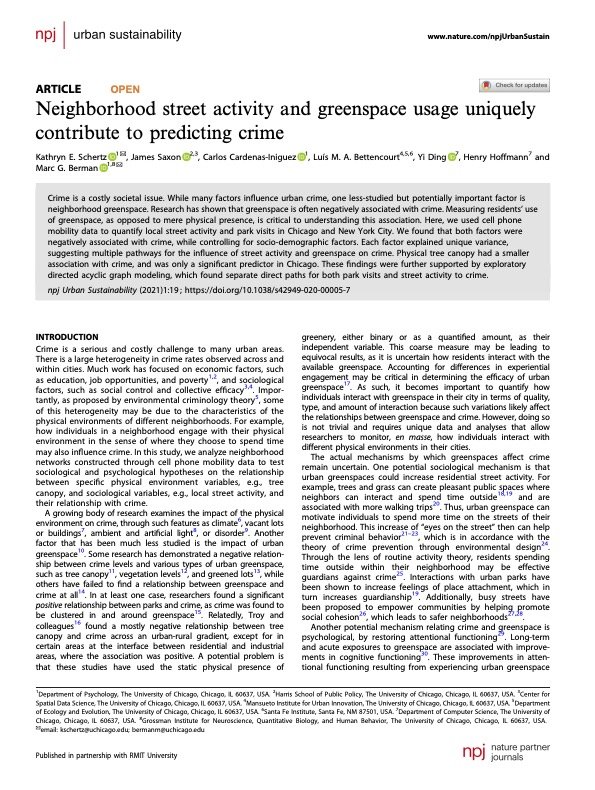By Katherine A. Fowler, Rachel A. Leavitt, Carter J. Betz, Keming Yuan & Linda L. Dahlberg
Multi-victim homicides are a persistent public health problem confronting the United States. Previous research shows that homicide rates in the U.S. are approximately seven times higher than those of other high-income countries, driven by firearm homicide rates that are 25 times higher; 31% of public mass shootings in the world also occur in the U.S.. The purpose of this analysis is to examine the characteristics of mass, multiple, and single homicides to help identify prevention points that may lead to a reduction in different types of homicides.
We used all available years (2003–2017) and U.S. states/jurisdictions (35 states, the District of Columbia, and Puerto Rico) included in CDC’s National Violent Death Reporting System (NVDRS), a public health surveillance system which combines death certificate, coroner/medical examiner, and law enforcement reports into victim- and incident-level data on violent deaths. NVDRS includes up to 600 standard variables per incident; further information on types of mental illness among suspected perpetrators and incident resolution was qualitatively coded from case narratives. Data regarding number of persons nonfatally shot within incidents were cross-validated when possible with several other resources, including government reports and the Gun Violence Archive. Mass homicides (4+ victims), multiple homicides (2-3 victims) and single homicides were analyzed to assess group differences using Chi-square tests with Bonferroni-corrected post-hoc comparisons.
Results: Mass homicides more often had female, child, and non-Hispanic white victims than other homicide types. Compared with victims of other homicide types, victims of mass homicides were more often killed by strangers or someone else they did not know well, or by family members. More than a third were related to intimate partner violence. Approximately one-third of mass homicide perpetrators had suicidal thoughts/behaviors noted in the time leading up to the incident. Multi-victim homicides were more often perpetrated with semi-automatic firearms than single homicides. When accounting for non-fatally shot victims, over 4 times as many incidents could have resulted in mass homicide.
Conclusions: These findings underscore the important interconnections among multiple forms of violence. Primary prevention strategies addressing shared risk and protective factors are key to reducing these incidents.
Injury Epidemiology (2021) 8:49





















